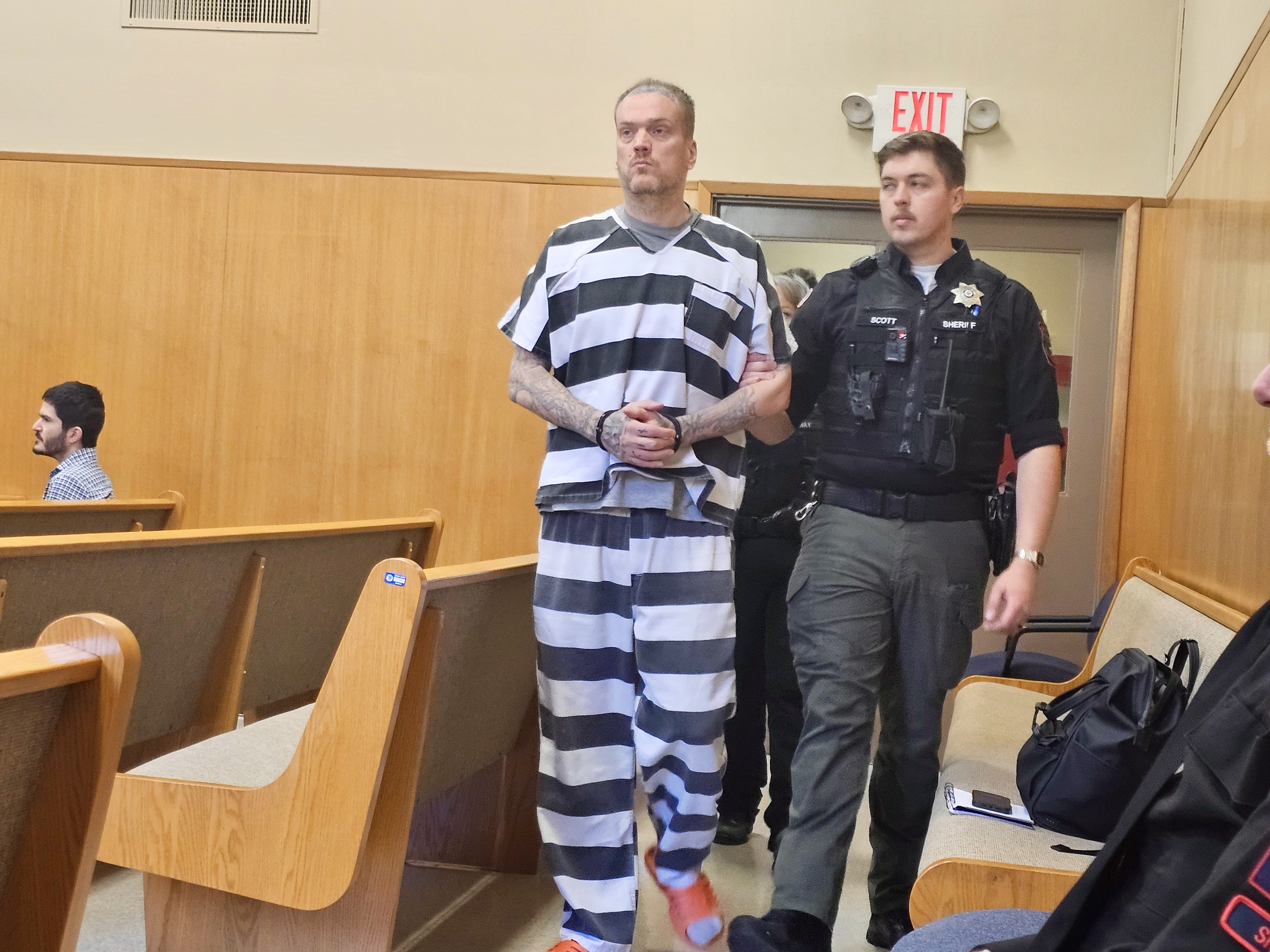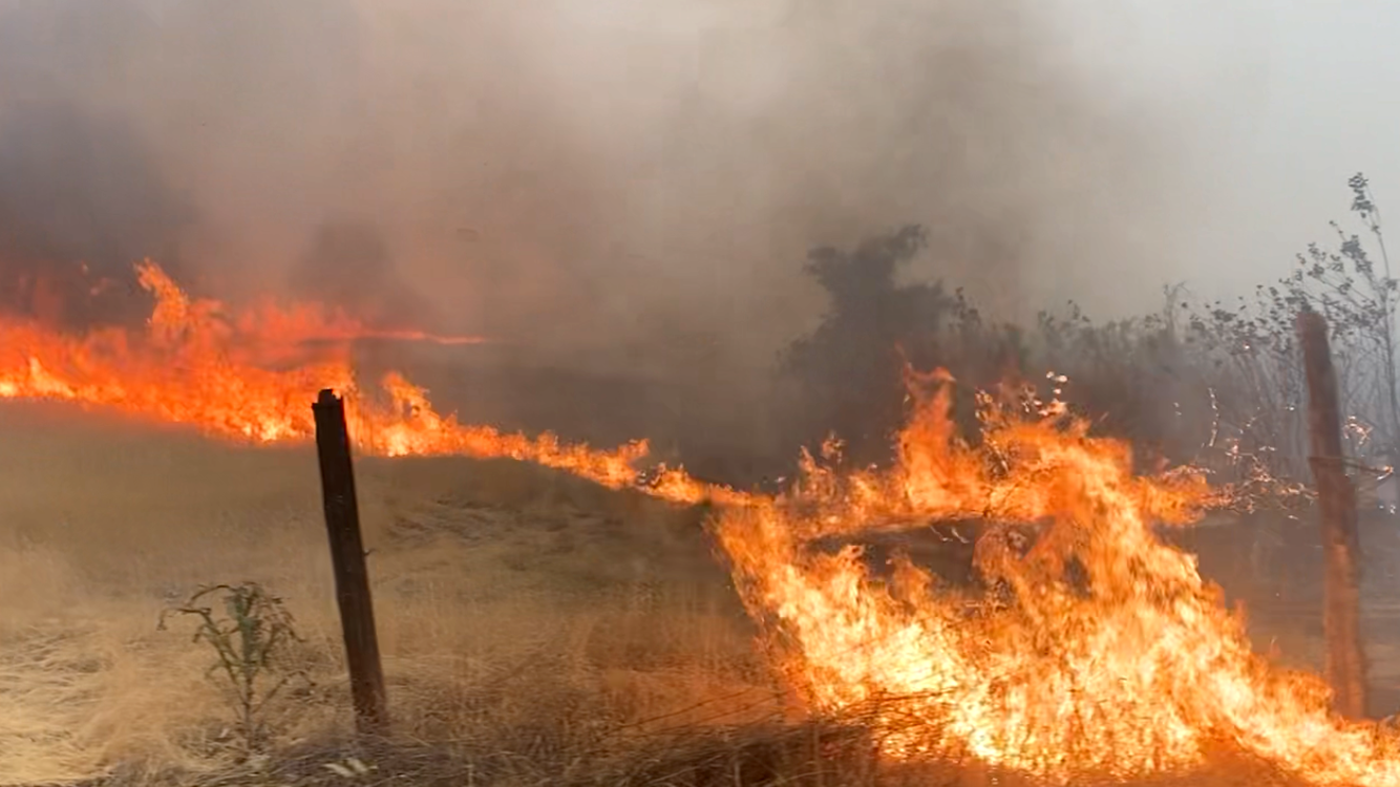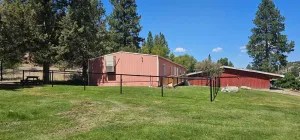Satellites and brow tines
Published 8:23 am Wednesday, August 30, 2017

- Greg Dyson poses with a six-by-six 320 class bull elk he killed with his bow in 2006.
There’s just something about the opening couple days of the Oregon bow elk hunting season, especially in the big meadow areas like the big cattle ranches like the great Holliday Ranch, JC’s, Silvies Ranch and, of course, the great Logansport Valley area!
Trending
Fresh up and at ’em from the Parish Cabin and try to time it so we could get there right at shooting time, trying to make something happen with a herd of elk hell-bent on beating you to the cattle guard and safety. Once in a while, we would get lucky and drop a bowhunter off at the right place, and we would have a high energy elk hunt, complete with getting some of the bulls to talk to us.
One of the amazing features of elk is their ability to cover several miles, navigating through steep, desolate terrain in the dark effortlessly. Over the first decade of bowhunting these giants of the forest, we began to understand the travel routes and schedules and learn their patterns.
One important aspect of bowhunting elk is to learn their feeding areas and where they bed up or rest for the day. This info is as important to a wapiti slayer as there is. Travel routes!
Trending
It was a no-brainer that any elk within 10 miles of Logan Valley was going to frequent that lush meadow several times a week and make it their grocery store, just as the elk found feed at Logansport. They also held up on steep, heavily pine-covered mountaintops to rest and pump the brakes during the day.
Putting this info to the test early in the first week of the 2006 Oregon bow elk season, it was early quiet when I left the warm cab of my Chevy Avalanche that planted me on the middle to lower half of the steep and pine-covered mountain I planned to hunt that morning.
I covered the 1 mile climb to the usually frequented bedding area in good time as morning began to give way to first light when I could have sworn I heard a high-pitched cow call with a bit of emotion mixed in about 100 yards or so up and to the right of my present location. It was the first and only elk call I had heard all morning.
Just being able to see, I thought I caught a glimpse of tan-ish and orange-ish butts in the still-pretty-dark morning. As light was taking its time, I began to make out elk figures making their way up the steep mountain slope.
I thought I saw a lash of antler but couldn’t be certain. Several cows and calves were making their way through the blowdowns, and in the frantic of elk moving at first light, I heard my first guttural bugle of the morning, immediately followed by six grunts.
I threw my binos up in time to get a glimpse of a 340-ish six-by-six doing his best to push the herd of a dozen cows and calves up the steep slope to safety and bed for the day — that empty feeling when the elk are ahead of you and the steepest part of the mountain still has to be conquered!
What’s a bowhunter to do but pump the brakes and throw out some cow calls as the race to the bedding area was won easily by the 340 class herd master and his harem, who by the way didn’t see the need of answering any of my recent cow calls.
My, my, how dark it is before the dawn. As I was tossing out overly excited cow calls, it was my turn to learn a lesson about satellite bulls and stalking the main herd. Just as the nice bull and his harem were reaching their bedding area, a couple satellite bulls — a really nice five-by-five in the 300 class and a little better six-by-six 320 class with 20-plus-inch brow tines — were jousting to make a play for the lone cow that split off the herd without ol’ 340 knowing anything about it.
Sometimes it just pays to be luckier than good. As the two satellite bulls were more interested in getting to the high-energy cow I was doing my best to portray — with an arrow nocked and ready for either bull to step in to a shooting lane — it was the 320’s time because the young six-by-six stepped in the clear at only 35 yards, and my Bowtech Tribute set at 94 pounds worked his magic like a few times before.
My arrow placement was a little far back in the spleen area, but the youngin bedded up about 70 yards from where I shot him. Taking my time and crawling slow and easy, I managed a second arrow into the bull’s bedded chest area, and within two minutes, the young bull with jaw-dropping brow tines was mine!
He was my fourth public land Pope and Younger at the time and most welcomed in my little trophy collection. Learning elk travels patterns, where they feed and where they bed up is paramount in filling that bow elk tag. Happy elkin’ in 2017!
This is Greg Dyson’s 11th year as a Bowtech Pro-Staffer and first year as an ambassador.









